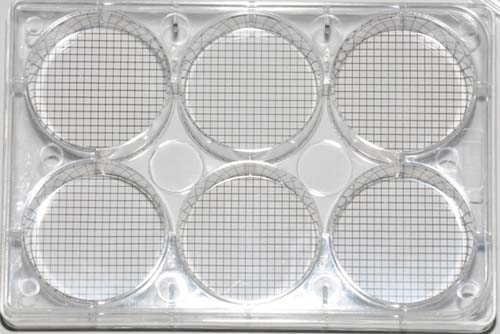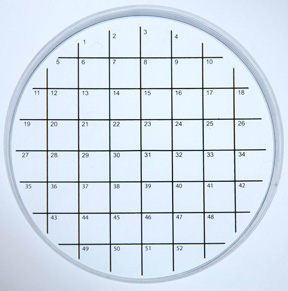Human stem cells are widely used for research and therapeutic development in recent years. Effective stem cell therapy to alleviate serious disease conditions will be a reality in the near future. Although this field is steadily gaining ground for research publications and funding, there are still significant obstacles to overcome for this to become reality in every day life. Pluripotent stem cells maintained at their dedifferentiated state has the potential to develop into three cell types- endoderm, mesoderm, or ectoderm and to cell types derived from there, such as blood, muscle, and neurons.
Developing targeted therapies using stem cells to treat disease, repair or regenerate tissue and organs is at the heart of the stem cell therapy. This can be accomplished, as individualized therapy customized for the patient is the basis for personalized medicine. The source of stem cells for this can be from embryonic stem cells (ESC) or derived from genetically reprogrammed adult cells to become induced pluripotent stem cells (iPSC). Various factors determine the therapeutic development and options for which types of cells are used for specific situations. These include purity, cost effective manufacturing utilizing fully tested reagents and media for consistent production, safety, and ease of production. These factors will determine the advancement of therapeutic value of stem cells to cure diseases and improve the quality of life for the patient.
Pluripotent stem cells with the treatment of growth factor cocktails can produce a targeted population of cells of interest for transplantation, genetic manipulation, delivering therapeutic agent, or regeneration of an organ. Stem cell lines are valuable tool to screen drug compounds, understanding mechanism of action of a particular drug, cell based assay models to study biological effect, and preclinical toxicology studies. There are several companies offer newest technologies and products to grow and differentiate stem cells successfully. These include offerings of growth factor and other hormone cocktails, extracellular matrix coated cell culture vessels to grow the cells, and multiwell plates with grid bottom or petridish with numbered grid to identify and study stem cell colonies in vitro. At the Stem Cell and Regenerative Medicine center at University of Wisconsin, Madison, a group converting pluripotent stem cells to beating cardiomyocytes. In the future these differentiated cardiomyocytes will be useful to repair cardiac muscle damaged due to ischemia, cardio myopathies or other cardio vascular diseases.
The leading scientists have put forwarded the idea of engineering the adult skin cells or blood cells to become pluripotent cells, expand them and freeze them for future needs. As the need arises, expand the cells in vitro, differentiate them by treating with right combination of growth factors and hormones, and make them to relevant cell types to repair the heart. With the availability of new tools research in this field is rapidly advancing. It was shown that by carefully culturing the induced pluripotent cells (iPSC) as 3 dimensional models could grow functional human myocardium.
One of the challenges in developing stem cells into therapy is the scalability. The technology has advanced significantly and growing millions and billions of iPSC cells are now possible with the right cell culture ware, and growth factors. Differentiating iPSC to specific cell type of interest is much more challenging. And growing large numbers of fully differentiated functional target population of cells such as cardiomyocytes still need to be developed. One of the problems is the ability to grow these cells in a fully defined medium ie, medium with out any animal products. Other challenge is to perfecting the right mixture of the extracellular matrix (ECM) to support the true differentiation of the cells. Selection and optimization of ECM is very important because they provide the right microenvironment, a reservoir for growth factors and a scaffold for the differentiation of iPSC to target population of cells. Stem cells grow as colonies in culture dish with or without treatment. Grid Plates ( 6 well culture plate with grid bottom, and 12 well plate with grid bottom) are new tools available for measuring and counting stem cell colonies. Cell culture dish with numbered grid is also a useful tool in identifying and counting stem cell colonies for research applications.
Growing iPSC cells and differentiation them into targeted cell types such as neurons or cardiomyocytes requires special skill sets. As the technology matures it is important to have specially trained technicians and health care workers including doctors trained in these procedure so they can successfully treat their patients with established procedure. The regulatory agencies such as FDA need to be educated on the latest development so they can carefully guide the approval process of stem cell therapy with proper guidelines. With the multifaceted approach including improvement in technology, proper training, and regulatory framework, we will overcome the challenge and stem cell therapy will become reality.


